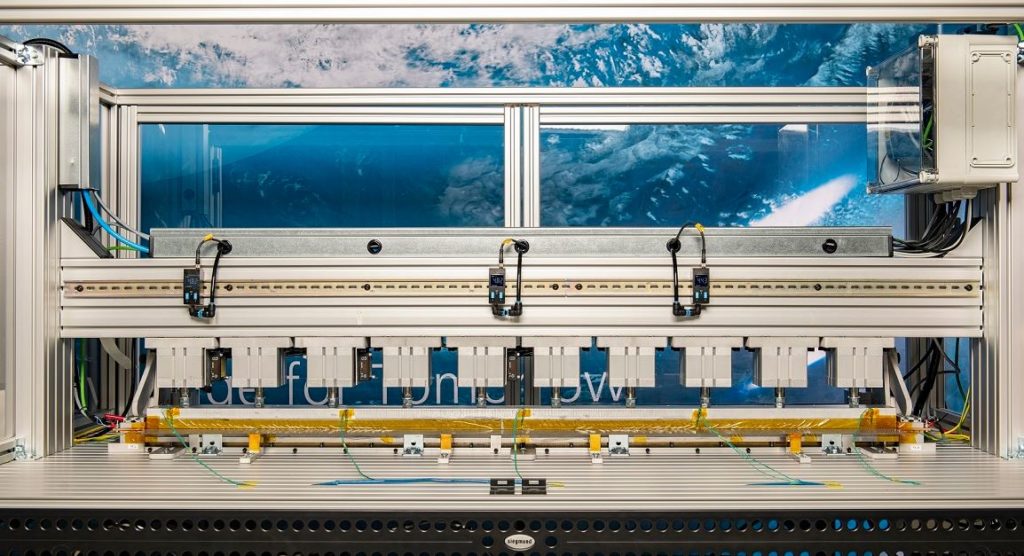Efficient joining using resistance welding
Fibre-reinforced thermoplastics are being increasingly qualified and used in the aviation industry. To support this increased demand, new joining technologies are required to utilise the lightweight potential of composites as structural elements. Of these joining technologies, welding processes are particularly suitable for generating material bonds between thermoplastic structural components. These processes generate the required thermal energy directly in the joining zone, reducing the overall exposure of the structure to thermal stress and enabling the use of high-performance thermoplastics (PEEK, PEI, PPS, etc.).
During electrical resistance welding, a welding element consisting of an electrical conductor (stainless steel mesh or carbon fibres), electrical insulation layer and additional polymer material is inserted into the joining zone. According to the Joule-Lenz law, a voltage applied over the length of the welding element (via contact surfaces at either end) generates a current flow in the conductive layer and melts the thermoplastic matrix in the joining zone. The components are then pressed together and consolidated to form an integrated component.
From the selection of materials to the automated process
The DLR Institute of Structures and Design focuses on the development, manufacture and examination of lightweight structures for the aerospace industry. This includes the selection of suitable materials and joining processes based on the requirements of the individual components. The configuration and performance of different welding elements is an area of extensive research and development in the case of electrical resistance welding. Parameter examinations regarding processing and manufacturing are used to facilitate the highest possible joining strength and quality. In addition, non-destructive testing methods such as optical lock-in thermography, ultrasound scanning and computed tomography are used to provide a greater insight into the welding process. The acquisition and processing of data during the procedure
ensures complete traceability. The scalability of the welding process from laboratory samples to a full-scale demonstrator has already been demonstrated, and has resulted in the thermoplastic rear pressure bulkhead for an A320-class passenger aircraft.
A collaboration with Premium AEROTEC GmbH.
German Aerospace Center (DLR)
Institute of Structures and Design
Sebastian Nowotny · E-Mail: sebastian.nowotny@dlr.de · DLR.de
